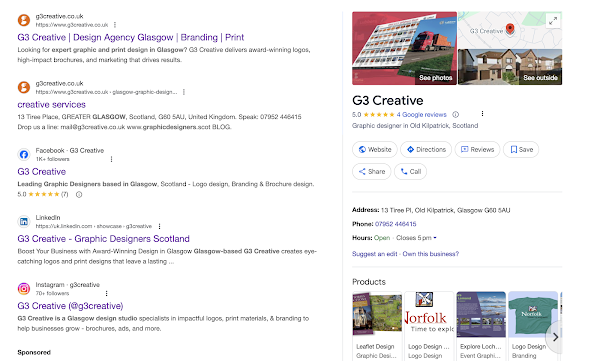What’s the difference between digital design and graphic design?
Digital design and graphic design are two distinct forms of design that share common principles but have different deliverables and goals. While digital design has gained a lot of popularity in recent years, print design continues to be an essential component of many businesses' marketing strategies.
Print design encompasses all forms of design created for physical products and printed materials, such as brochures, magazines, billboards, business cards, stationery, product packaging, and more. Its core goal is to communicate targeted messages in visual form through printed channels.
On the other hand, digital design primarily delivers design in digital form, such as websites, apps, social media graphics, and digital ads. While there are differences between print and digital design, many creatives, including graphic designers, possess both skill sets and have to switch between them regularly.
One of the primary benefits of print design is its tangibility. Physical print materials allow for a more sensory experience for the viewer, as they can feel the texture of the paper, smell the ink, and engage with the design in a more immersive way. Print design also offers a wide range of possibilities for creative expression, including typography, layout, color, and imagery.
Print design requires a deep understanding of printing techniques, paper types, and color management. The designer needs to work closely with printers and understand the technical requirements of the printing process to ensure that the final product looks as intended. Attention to detail is critical in print design, as any mistakes can be costly and time-consuming to correct.
In conclusion, print design remains a vital component of many businesses' marketing strategies, offering a unique and sensory experience that cannot be replicated through digital design alone. Understanding the principles of print design and its technical requirements is crucial for graphic designers who want to excel in the field. By combining creativity, technical skill, and attention to detail, designers can create visually stunning and effective print materials that engage and captivate their audience.




Comments
Post a Comment